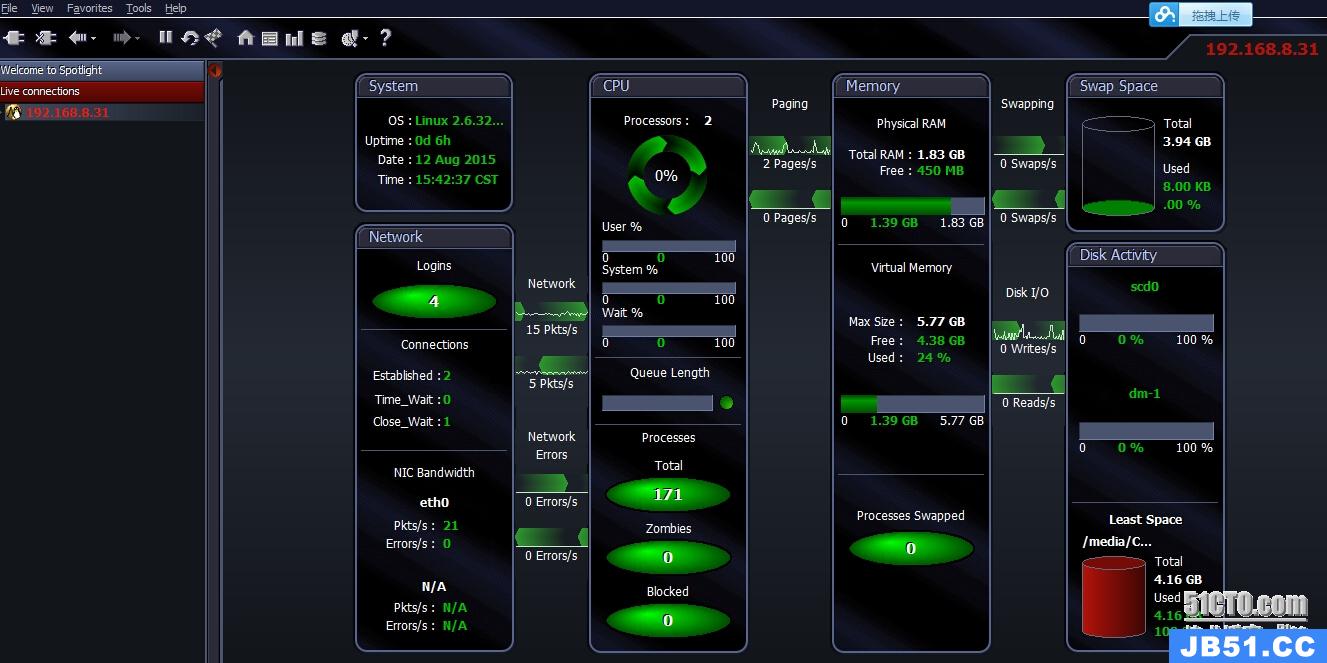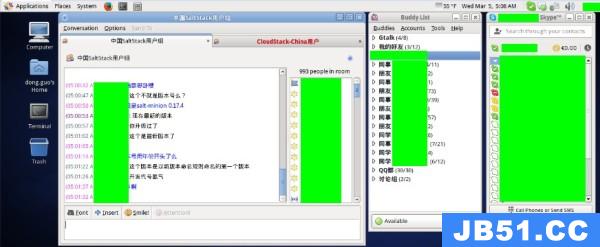resty-cli是OpenResty中命令行工具的集合,其中resty工具是最有用的。
安装好OpenResty之后,resty-cli就会默认安装,以我的安装为例,参见博文
http://www.jb51.cc/article/p-zqpfkffm-bro.html
它的位置在/opt/openresty/bin下面
前提条件
OpenResty 1.7.7.2+
配置环境变量
vim /etc/profile
将末尾添加进目录/opt/openresty/bin
export PATH=/opt/openresty/Nginx/sbin:/opt/openresty/bin:$PATH
保存退出,然后运行下面的命令生效
source /etc/profile
执行下面的命令检查
echo $PATH
安装依赖库
yum -y install perl-Time-HiRes
原因参见博文
http://www.jb51.cc/article/p-ndykzggf-bro.html
然后我们可以查看resty的路径和版本号
resty -h
resty -v
业务需求
通常我们验证Nginx_lua中的脚本,或者调试lua相关代码片段,或者了解ngx.md5之类函数的用法等,只能通过加入Nginx.conf中的配置,在Nginx框架上玩。
但是这未免比较不便,如果我们有一个命令行工具类似lua,luajit,python等直接执行该多好啊。那么这里的resty就是你想要的工具。
测试样例
下面的几个例子都是来自resty-cli模块的官网
resty -e 'print("hello world")'
time resty -e 'ngx.sleep(3) print("done\n")'
resty -e 'ngx.say(ngx.md5("hello"))'
resty -e 'io.stderr:write("hello world\n")' > /dev/null
更深入的例子及高深玩法有待后续继续挖掘
resty -e 'print("got: ",io.stdin:read("*l"))'
time resty -e 'local ths = {}
for i = 1,3 do
ths[i] = ngx.thread.spawn(function ()
ngx.sleep(3) ngx.say("done ",i)
end)
end
for i = 1,#ths do ngx.thread.wait(ths[i]) end'
resty --shdict='dogs 1m' -e 'local dict = ngx.shared.dogs
dict:set("Tom",56)
print(dict:get("Tom"))'
参考文献
[1].https://openresty.org/cn/resty-cli.html
[2].https://github.com/openresty/resty-cli#readme
[3].



